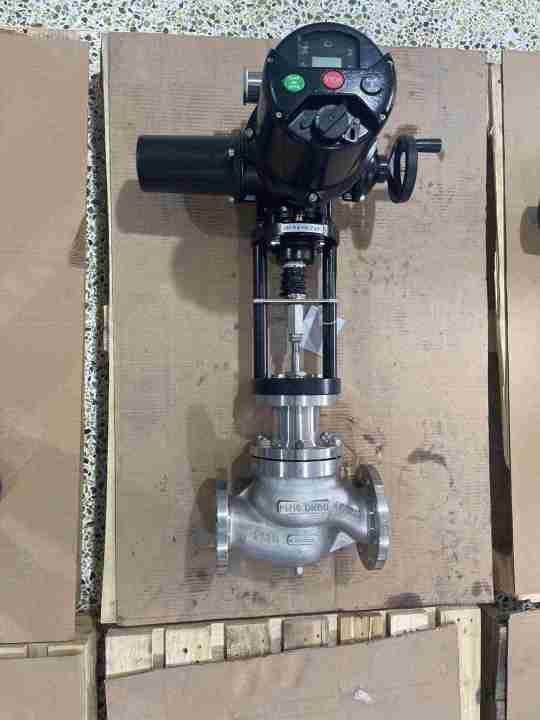electric two-seat regulating valve: a key component in modern industrial control systems
Release time:2025-06-18 12:29:56
Electric two-seat regulating valves are vital components in the automation and control of fluid systems across various industries, ranging from oil and gas to chemical processing and HVAC systems. These valves help maintain precise flow control, temperature regulation, and pressure adjustments, ensuring the optimal performance of the systems in which they are integrated. In this article, we will explore the functionality, design, applications, and advantages of electric two-seat regulating valves.

What is an Electric Two-Seat Regulating Valve?
An electric two-seat regulating valve is a type of control valve used to regulate the flow of fluids through pipelines, typically water, gas, or steam. This valve consists of two seats or disc elements that ensure the proper sealing and regulation of the flow. The electric actuator, which is an integral part of the valve, is used to automatically adjust the position of the valve’s discs to control the flow rate.
Unlike manual control valves, electric two-seat regulating valves are powered by an electric actuator, which allows for remote and precise operation. The electric actuator receives signals from a control system, such as a Distributed Control System (DCS) or a Programmable Logic Controller (PLC), and adjusts the valve opening accordingly. This type of valve is especially useful in applications where automation is necessary to ensure accurate control and reduce the need for human intervention.

